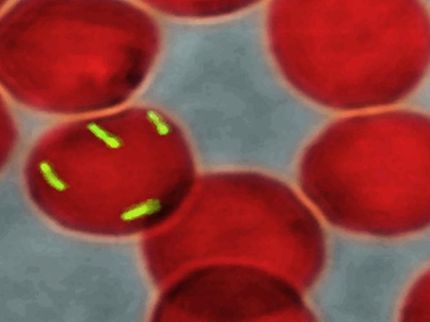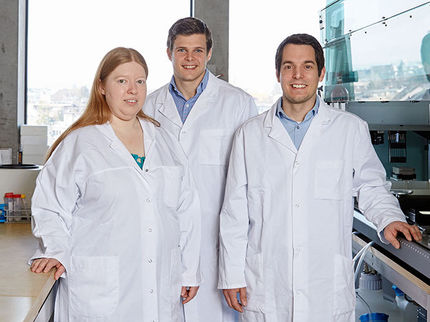Predicting the spread of microbes in spacecraft
Also methods for managing infection risks in public transport, hospitals and offices
Advertisement
Research scientists from VTT Technical Research Centre of Finland participated in the EU's and Russia's joint BIOSMHARS project for developing means of controlling harmful microbes in manned spacecraft. The spread of microbes in closed spaces could be reliably predicted. By using the research results and calculation models, methods can also be developed for the management of the spread of microbes and bacteria in hospitals, public transport and office premises.
"On long space flights, some lasting up to hundreds of days, a human's immune system weakens and muscles atrophy. At the same time, some bacteria rapidly grow stronger and may mutate into antibiotic-resistant variants. The longer the space flight, the larger the crew's health risks and resultant problems. It is important to increase our understanding of how bio aerosols are created, how they spread in the indoor air and why they survive in exceptional conditions," says Principal Scientist Ilpo Kulmala who headed the programme on VTT's behalf. "We developed a calculation model that was successful in giving a reliable prediction of the transfer and spread of microbes in closed spaces."
Microbes accumulating on surfaces within closed spaces may deteriorate the material properties, and even destroy materials. "Over the longer term, our objective is to improve and develop methods for the effective management of the harmful effects of the spread of microbes, not just in spacecraft, but in hospitals, public transport and office premises," says Kulmala.
More effective management of infection risk
Participants in the BIOSMHARS project included experts in space technology, microbiology and modelling The CFD (Computational Fluid Dynamics) calculation model for predicting the transfer and spread of microbes was validated in VTT's test laboratory and in a fully closed ecosystem in IBP's BIOS-3 test room in Krasnoyarsk, Russia.
"We concentrated on modelling microbes released from human skin and breathing. Once we are able to model the spread of microbes, we can also develop effective means of controlling the infection risk. When someone sneezes, the microbe concentration is densest close to the body, but already mixed quite evenly in the air as little as one metre away. In terrestrial conditions, the drops and particles settle quickly," Kulmala says. "In weightlessness, the drops created during a sneeze remain in the air, with the risk that they enter the respiratory system. Microbes move with air flows, and also accumulate on electrically charged surfaces.”
"People in developed countries spend a mere 90 per cent of their time indoors – in a spacecraft it is 100 per cent. The risk of diseases spreading through air can be reduced through sufficient ventilation, proper air distribution, and personal behaviour and hygiene," Kulmala explains.
In addition to researchers from VTT, the BIOSMHARS project that ended in the summer of 2013 also involved researchers from the University of Eastern Finland and international research organisations.
"The accuracy of calculation models depends on several factors, and only a reliable and usually tedious verification brings certainty of the model working correctly," says Kulmala. "The scientific co-operation between the EU and Russia was unique. The project was very successful, and we will continue research for further development of the calculation models. The European Space Agency ESA is also interested in the development of the model. Another direction is use of the model in the management of infection risk, for example, in public transport such as passenger aircraft, and hospital premises requiring high-level hygiene. We can also find new methods for more effective management of pandemics."



















































